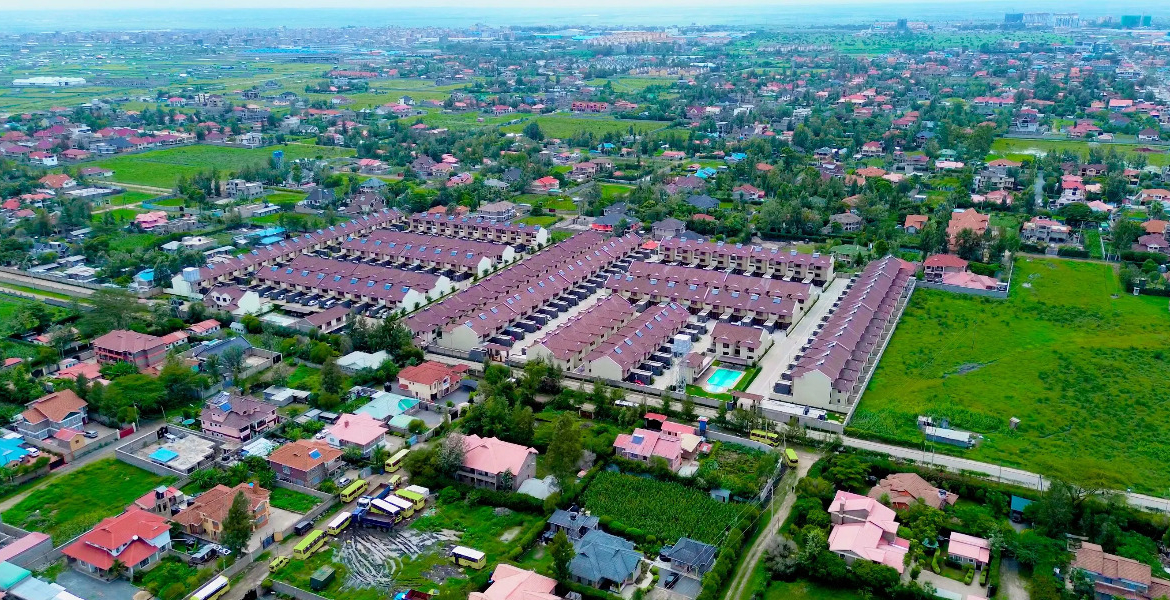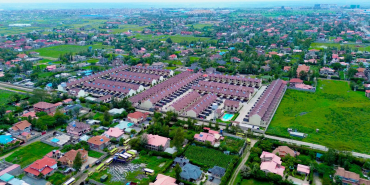Resident Associations’ Role in Zoning and Development Approvals Across Kenya

Kenya's Resident Associations (RAs), initially established for local concerns such as security and road maintenance, are increasingly wielding influence in urban governance.
These grassroots organisations, while lauded for fostering community resilience, find themselves in a precarious position, navigating a complex regulatory landscape as they engage with government institutions and shape the nation's urban spaces.
The uncertainty surrounding the RAs' growing authority came into sharp focus in February 2025, when the Kajiado County Alliance of Residents' Associations signed a Memorandum of Engagement with the county government. This unprecedented pact aimed to institutionalise public participation in development control processes, requiring developers to obtain a No Objection Letter from local associations before building approvals could be processed.
While aligning with existing public participation obligations under Kenyan planning laws, the formalisation of such a mechanism marked a novel approach to urban governance. However, the agreement was short-lived. By June, Governor Joseph Ole Lenku revoked the memorandum, citing overwhelming public feedback that characterised the framework as counterproductive to public interest. Similar directives are also emerging from Machakos County, indicating a broader trend towards engaging Resident Associations in principle within the planning pipeline.
The governor's decision underscores a central tension: while RAs are increasingly viewed as facilitators of orderly development, their expanding authority is not universally welcomed. This ambivalence is rooted in legal ambiguities.
The Societies Act governs the registration of these associations, but their role in development oversight is largely derived from indirect recognition within the Physical and Land Use Planning Act (2019) and the Urban Areas and Cities Act.
These laws acknowledge the contributions of RAs, recommending their inclusion in national and county planning forums and boards. Yet, none confer direct regulatory authority, creating friction between perceived responsibilities and actual legal capacities. The absence of clear legal frameworks raises concerns about inclusivity, transparency, and fair development practices. Without explicit legal parameters, disputes over fees, development approvals, and land use are likely to persist, potentially impacting both investors and residents.
Syokimau, a rapidly expanding suburb of Nairobi, exemplifies the complex dynamics at play. Since its establishment in 2010, the Syokimau Residents Association has spearheaded initiatives that have dramatically improved infrastructure and community cohesion. Installing security checkpoints and hosting local business expos, the association has reportedly contributed to a surge in property values. Land prices in the area have risen markedly, reaching Sh34 million per acre in 2024, an increase of nearly 20 percent from the previous year.
However, the association faces challenges related to its operational mandate, particularly concerning the collection of fees from homeowners. A recent social media uproar reignited debate over the legality and fairness of such practices, triggered by a TikTok user's comparison of RA levies to unlawful taxation. Some residents defended the fees as necessary and beneficial, while others viewed them as exclusionary and burdensome, especially for first-time homeowners.
Runda, one of Nairobi's most affluent areas, similarly owes much of its prestige to a powerful and well-established Residents Association. These cases illustrate a complex dynamic: while RAs are credited with maintaining order and enhancing property values, they are also accused of fostering exclusivity and erecting bureaucratic barriers. Enforcement remains a critical challenge even for well-organised associations such as Syokimau's.
In 2021, the association publicly expressed its frustration with developers flouting zoning rules and encroaching on residential areas with commercial projects. Such developments, often high-density apartments or mixed-use buildings, highlight the growing pressure on urban land amid Kenya's population boom and a surging demand for rentals. According to the Kenya National Bureau of Statistics, the average occupancy rate for rental units in the country currently stands at 88.8 percent, with some configurations consistently hitting full capacity.
This underscores a robust demand for rental housing, particularly in urban centres where land scarcity and demographic shifts are pushing developers to pursue multi-dwelling units. RAs, many of which were formed to protect the tranquillity of single-dwelling estates, find themselves at odds with this trend. As commercial interests increasingly collide with resident concerns, the potential for conflict intensifies.
Kenya's urban landscape is evolving rapidly, and while Resident Associations have proven adept at fostering community resilience and advocacy, their expanding role must be matched with clear legal frameworks. Lessons may be drawn from jurisdictions like the United States, where Homeowners Associations (HOAs) operate with clearly defined powers under state law. While they, too, grapple with tensions around enforcement and homeowner rights, the structured nature of their authority allows for more predictable interactions between residents, developers, and governments.








Add new comment